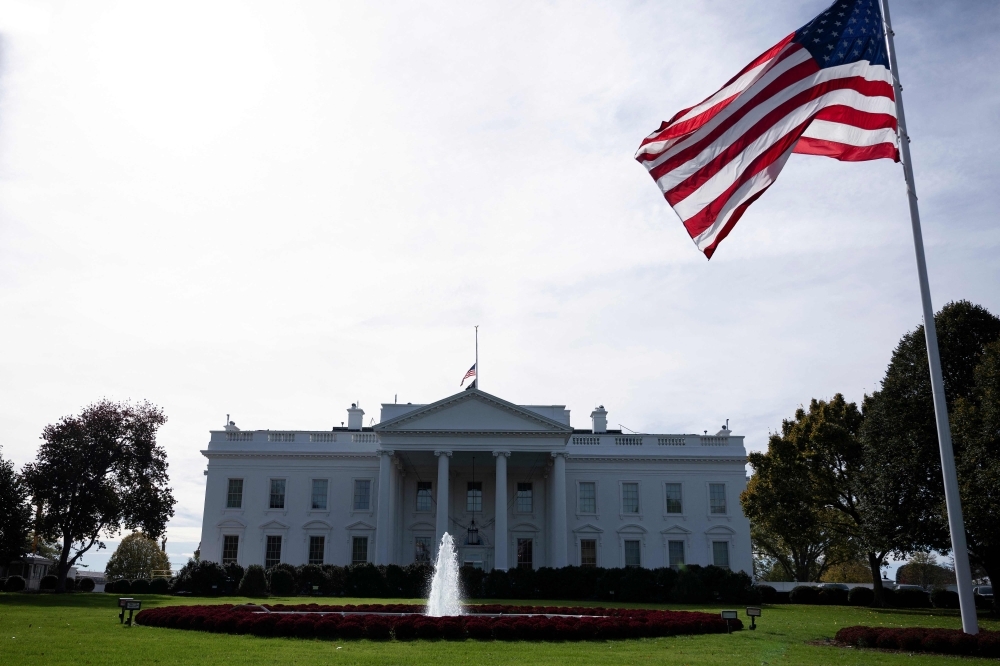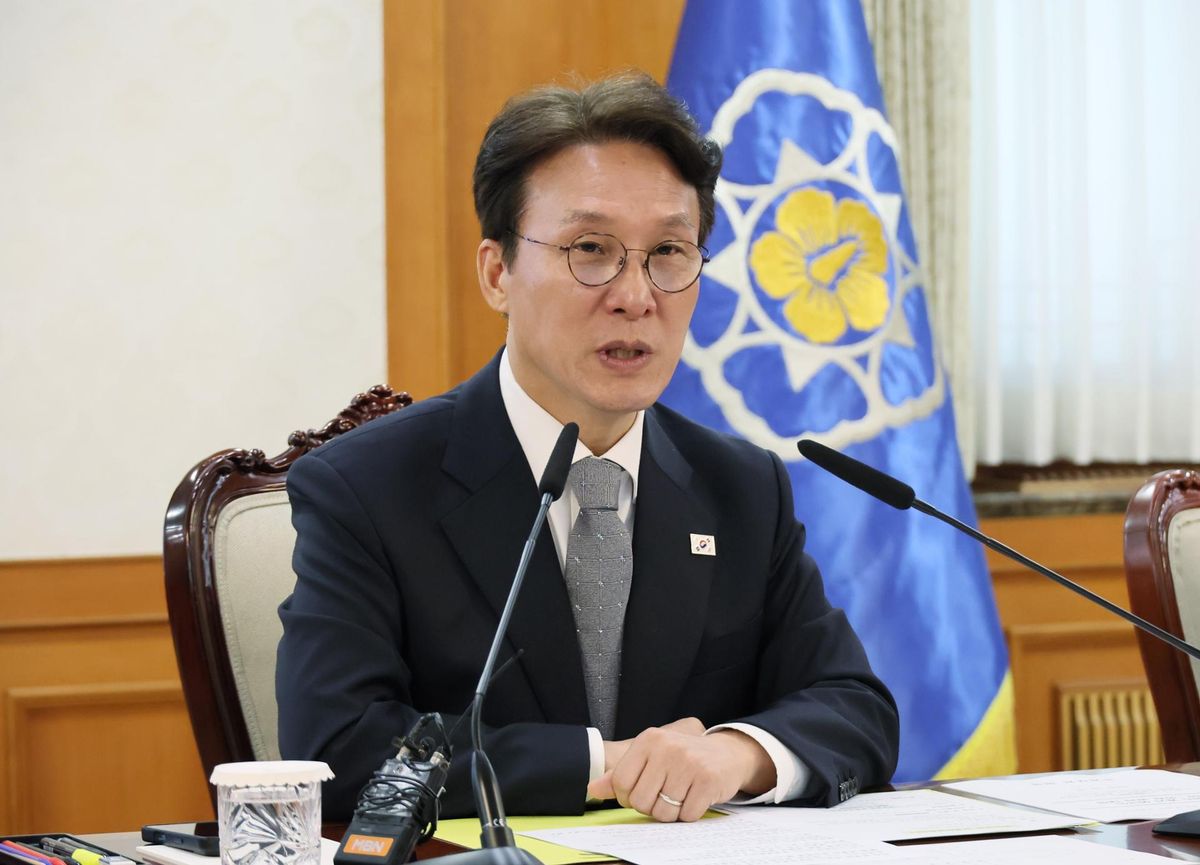The United States has entered its 35th day of a federal government shutdown, equalling the previous record set during Donald Trump’s first term. With the nation heading into one of the busiest travel periods of the year, pressure continues to mount on leaders in Washington as millions brace for disruption.
The shutdown began after Congress failed to pass funding beyond September 30. Since then, critical services and federal agencies have continued to feel the strain. Assistance programs supporting families in need — including food benefits — remain stuck in uncertainty, threatening the basic needs of millions of Americans.
Approximately 1.4 million federal employees — from air traffic controllers to national park staff — are either working without pay or have been furloughed. With no immediate resolution in sight, the shutdown is poised to become the longest in American history.
Transportation Secretary Sean Duffy warned of severe consequences if the impasse stretches further, cautioning that airports could experience mass delays, flight cancellations, and even partial airspace closures due to staffing shortages.
AAA estimates that 5.8 million people will fly domestically during the Thanksgiving holiday. Yet airport workers — including more than 60,000 air traffic control and TSA personnel — remain unpaid. Rising stress levels and potential absenteeism pose a real threat to travel operations nationwide.
The shutdown’s past echoes are hard to ignore. In 2019, a surge in airport staff calling in sick contributed to breaking a similar political deadlock.
Recent state elections in New York, Virginia, New Jersey, and California have renewed hopes that political momentum could shift and reopen the government. However, both parties remain stuck, with health care funding emerging as the primary point of contention.
Democrats demand that health care subsidies — crucial to millions — be secured before agreeing to reopen the government. Republicans insist reopening must come first. Still, a few moderate lawmakers from both sides are exploring compromise solutions, focusing on reducing health care costs.
President Trump has maintained a firm stance, rejecting suggestions that he is bowing to pressure. His administration recently warned it may pause food assistance to 42 million Americans — though courts have stepped in, and officials now say they are trying to release partial benefits.




